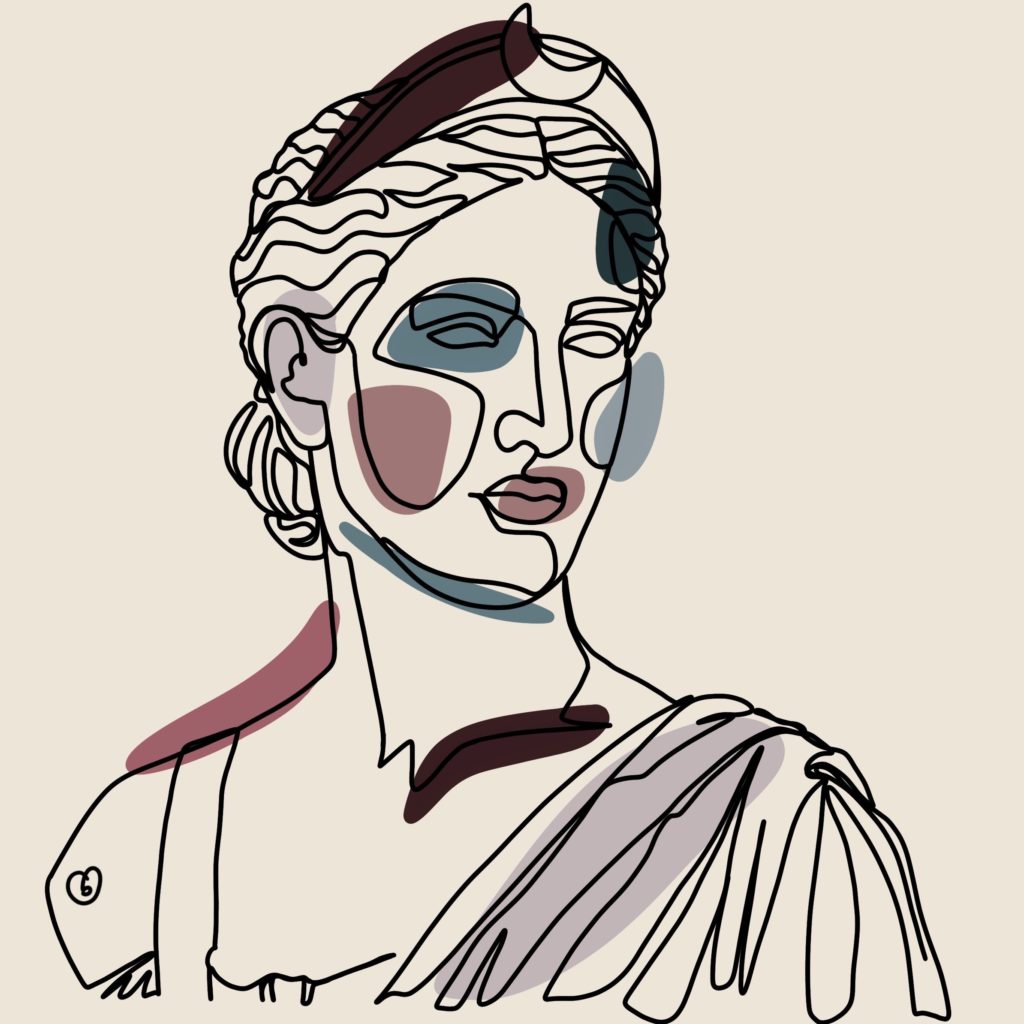This post is also available in: Français (French) العربية (Arabic)
The women depicted in the great Latin and Greek classics are secondary characters who evolve silently in the background of the heroic deeds of valiant warriors and powerful and capricious gods. Both marginal and submissive, their beauty can nonetheless trigger bloody wars and they are constantly victims of kidnappings and male violence.
Some contemporary authors now rewrite these stories from the point of view of Dido, Circe, Penelope, Calypso, Medea, Cassandra, finally promoted to the rank of protagonists. Irreverent, ironic and profoundly daring, their novels reverse the patriarchal perspective, providing us with a “new antiquity”.
The Trojan Seer
The first to try this successful literary experiment was the German writer Christa Wolf who published Cassandra (1) in 1983, now translated into many languages. In monologue form, this courageous novel gives voice to the famous Trojan seer, daughter of the rulers Hecuba and Priam and priestess of Apollo. Having refused to unite with him, she is given the gift of predicting the future, but at the same time is condemned to be disbelieved.
Having become Agamemnon’s slave after the fall of his city, she finds herself in Mycenae, waiting silently in front of the imposing Lion’s Gate with her son and her old nurse, surrounded by a crowd of passers-by. As the Achaean king dies at the hands of his wife Clytemnestra, intent on avenging her daughter’s sacrifice, the beautiful and unhappy priestess gives a long account, laced with repentance, anguish and torment.
Proceeding backwards through associations, she retraces her ten years of siege, her romantic and impossible love with Aeneas, her erotic encounters with the priest Pantoo, up to her carefree youth in her father’s palace. Her words reveal a complex and deeply human character who constantly questions the position of women in a misogynistic and patriarchal society.
This is how the young Trojan woman becomes a metaphor for what happens to many women in the world: mindful and visionary, she is unheard and is often mocked, and eventually marginalized. Yet she remains true to herself by courageously opposing the intrigues of the royal palace that leads to her imprisonment.
Once free, she becomes a dissident by joining the women of the “Scamander community” who live in caves dug along the river and secretly celebrate the cult of the ancient and mysterious goddess Cybele, the great Mother. The only man admitted to this “revolutionary gynoecium” is the wise Anchises, Aeneas’ old father, with whom the officiating women discuss with each other, dreaming of a peaceful and egalitarian society where everyone could finally be free.
